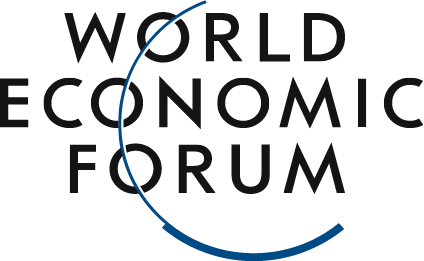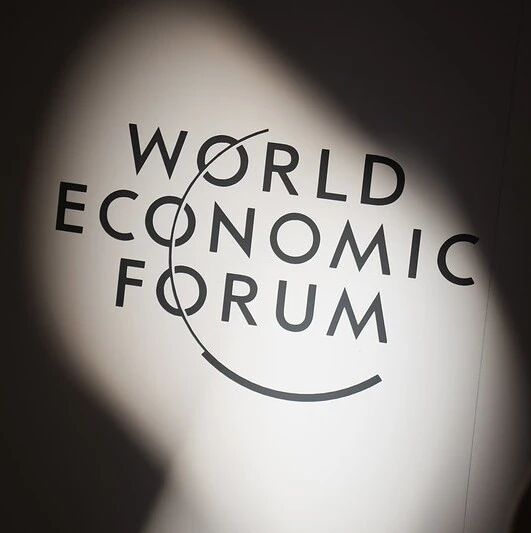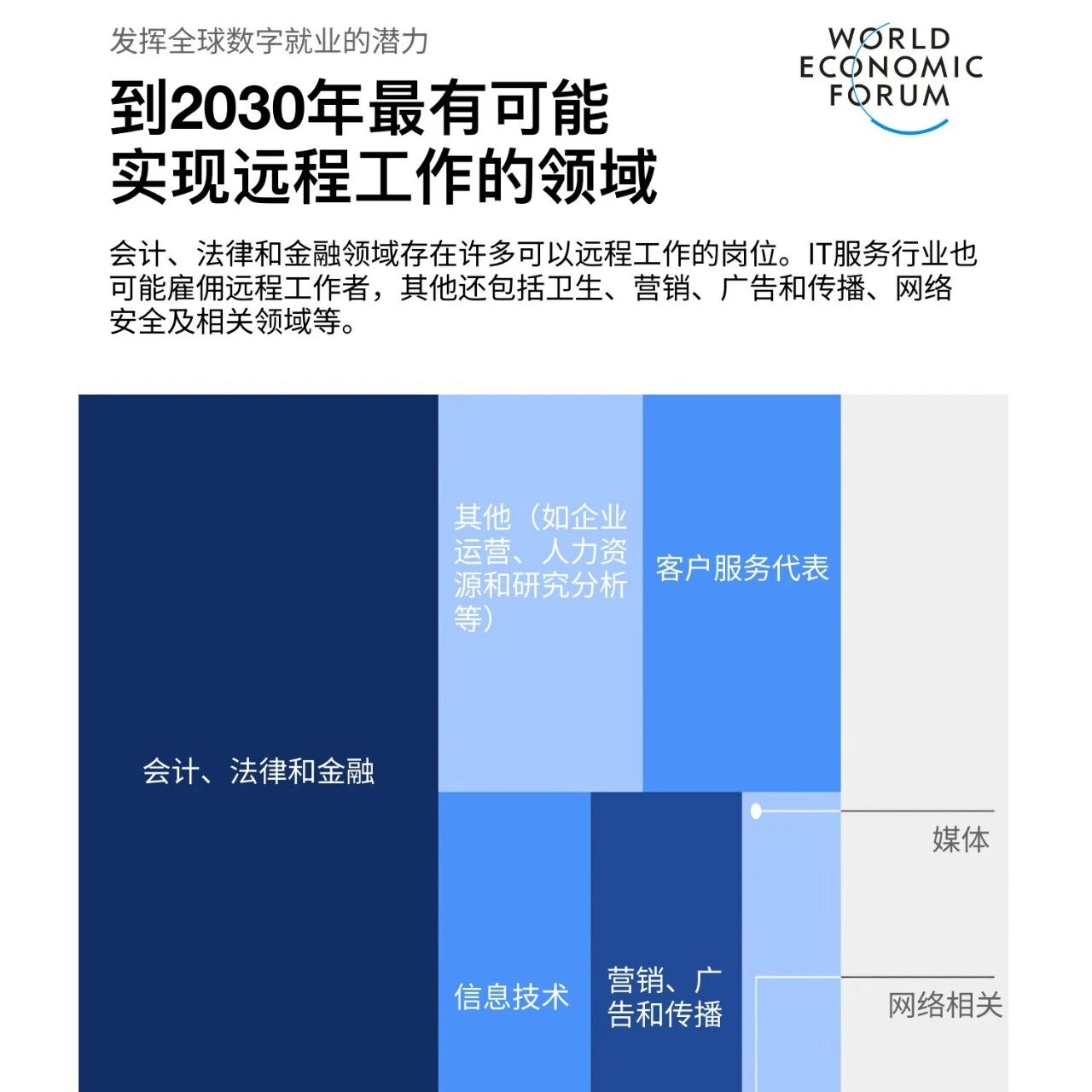Image source:Joana Godinho on Unsplash
Li Dongsheng
Founder and Chairman of TCL
In recent years, global geopolitical competition has intensified, dealing a severe blow to globalization efforts. According to the latest research from the United Nations Conference on Trade and Development (UNCTAD), foreign direct investment in manufacturing experienced a compound annual growth rate of -12% over the three years following the COVID-19 pandemic. Meanwhile, UNCTAD also forecasts that global economic growth in 2024 will remain modest, at just 2.6%—barely surpassing the critical threshold of 2.5% that typically signals an economic downturn. Meanwhile, the World Economic Forum’s May “Chief Economists Outlook” reveals that chief economists generally maintain a cautiously optimistic outlook for the global economy in 2024.
Looking back over the past 20 to 30 years, the world has basked in the warm embrace of free trade, driving rapid economic growth and fostering prosperity that’s visible everywhere. Yet, countering globalization trends are making it increasingly difficult to sustain this economic boom, while regional development imbalances have become more pronounced than ever. Meanwhile, businesses now face an unprecedented dilemma in their decision-making: on one hand, they’re eager to tap into broader market opportunities for growth; on the other, they can’t ignore pressing concerns like supply chain security and rising costs.Despite the setbacks in the globalization process, I firmly believe that globalization remains an unstoppable global trend. Since entering the Vietnamese market in 1999, TCL has steadily established manufacturing bases and built robust supply chain networks across diverse global markets— including Southeast Asia, South Asia, Europe, North America, and South America—while extending its product and service offerings to over 160 countries worldwide. Over the past 25 years of global engagement, we’ve come to deeply appreciate the true essence of open innovation: fostering collaboration on a global scale by leveraging technology, capital, talent, production support systems, and distribution channels. Through both internal and external partnerships, we’ve been able to complement each other’s strengths, creating a broader, more dynamic innovation ecosystem.
Nations and businesses must align with the natural laws of economic development and sound business principles, working together to build a more open, inclusive, and mutually beneficial international economic and trade system. By consistently pursuing open innovation, we can contribute to balanced global economic growth and foster a brighter future for the world economy.Open Innovation and Corporate Globalization: A Path to Collaborative SuccessIn fostering corporate globalization, open innovation is a proven development path that has delivered synergistic win-win outcomes for national economies, business profitability, and industrial advancement.1. Open innovation has brought greater business value to companies in developed economies like Europe and North America by enabling breakthroughs in original technologies.We’ve seen many of these companies achieve remarkable success in China—driven not only by their ownership and leadership in core technologies, but also by China’s highly efficient, locally integrated industrial supply chain and its vast pool of skilled, experienced workers, both of which are critical for enabling large-scale production. Meanwhile, China’s massive market size serves as a robust safeguard, helping to close the loop of their business ecosystems.From the many globally successful companies, we can observe a similar pattern: these enterprises possess core technologies, leverage global integration of resources to enable production, meet market demands, continuously drive technological innovation and industry growth, create numerous job opportunities, and ultimately stimulate local economic development.2. Open innovation has enabled developing-country enterprises with comparative advantages to achieve technological advancements and enhance their position in the global value chain.Take Chinese enterprises as an example: these companies already possess distinct competitive advantages in production, manufacturing, and R&D. They are now leveraging a global industrial strategy to build a truly globalized business model, enabling access to broader resources and markets. By collaborating with world-class research institutions, universities, and leading global enterprises, they are gaining access to cutting-edge technologies and expertise. At the same time, as they advance their globalization efforts, they are driving the export of core components, materials, and equipment from China, thereby boosting innovation capabilities within the country's domestic industrial supply chain.This kind of open innovation not only drives advancements in companies' core technologies but also, objectively, boosts the innovation capabilities of the entire global regional market’s industrial chain.3. Open innovation can enable developing economies to achieve more balanced growth.A new World Bank report reveals that the world’s 75 most vulnerable countries, despite their significant potential to drive global prosperity, are seeing income gaps widen between themselves and the wealthiest economies—marking the first such divergence this century. TCL’s products and business operations already reach many of these nations. At the same time, we’re witnessing how the anti-globalization trend is increasingly marginalizing smaller, developing economies, as declining foreign direct investment in manufacturing severely hampers their ability to upgrade production methods and integrate cutting-edge technologies.To address the current challenging situation, developing countries should proactively implement measures to foster a policy environment conducive to open innovation, continuously enhancing their own innovative capabilities in order to achieve rapid economic growth and societal progress. Take Vietnam as an example: in recent years, the Vietnamese government has streamlined procedures for establishing foreign-invested enterprises and lowered entry barriers for foreign investors. Additionally, it has encouraged domestic firms to collaborate with international companies, jointly setting up cutting-edge R&D centers. Thanks to these forward-thinking policies, Vietnam’s open innovation ecosystem has flourished rapidly. As a result, Vietnam has attracted substantial foreign investment, significantly boosted its capacity for scientific and technological innovation, and delivered impressive achievements in economic development.4. Under an open innovation strategy, global talent mobility and knowledge sharing are indispensable factors.Through our long-term experience in corporate management, we’ve come to realize that the open innovation model encourages talent to transcend national boundaries, fostering cross-border exchanges and collaboration. This approach helps cultivate a new generation of professionals with global perspectives and innovative capabilities, enabling companies to develop products and services that meet the demands of the global market—and ultimately enhancing their competitive edge.
Moreover, this model not only accelerates technological advancement in individual countries but also drives regional scientific and technological progress, contributing to local economic growth. For instance, India has recently taken significant steps to encourage its students and scholars to study and exchange ideas overseas, while simultaneously attracting international talent back home to start businesses. Such initiatives have injected strong momentum into India’s economic development.The more the world opens up, the more balanced development becomes.Economic globalization fosters trade prosperity, facilitates investment, boosts labor mobility, and accelerates technological advancement—thereby driving rapid growth in the global economy. The three key indicators—total GDP, GDP per capita, and foreign direct investment (FDI)—effectively reflect a nation’s economic health and vitality. Data reveals that from 1992 to 2022, global GDP surged from approximately $25 trillion to about $101 trillion, while per capita GDP climbed from $4,659 to $12,647. Meanwhile, net outward FDI expanded dramatically, rising from $186.36 billion to $1.74 trillion over the same period. These trends strongly demonstrate that economic globalization benefits countries across the board.However, global free trade over the past 30 years has been facing unprecedented pressure. Nobel laureate in Economics Christopher Pissarides once pointed out that openness to the outside world and globalization have been powerful drivers of economic growth and social progress. He emphasized that we should overcome current challenges by continuing to promote global openness and cooperation, while leveraging new technological tools to expand cross-border collaboration—and collectively address the shared challenges confronting humanity as a whole. As an entrepreneur, I recommend embracing open innovation as a proactive response to today’s uncertainties, working together to foster robust global economic growth and ensure balanced development across nations.
Feel free to share this on WeChat Moments; please leave a comment below the post if you’d like to republish.
The World Economic Forum is an independent and neutral platform dedicated to bringing together diverse perspectives to discuss critical global, regional, and industry-specific issues.
Follow us on Weibo, WeChat Video Accounts, Douyin, and Xiaohongshu!
"World Economic Forum"




